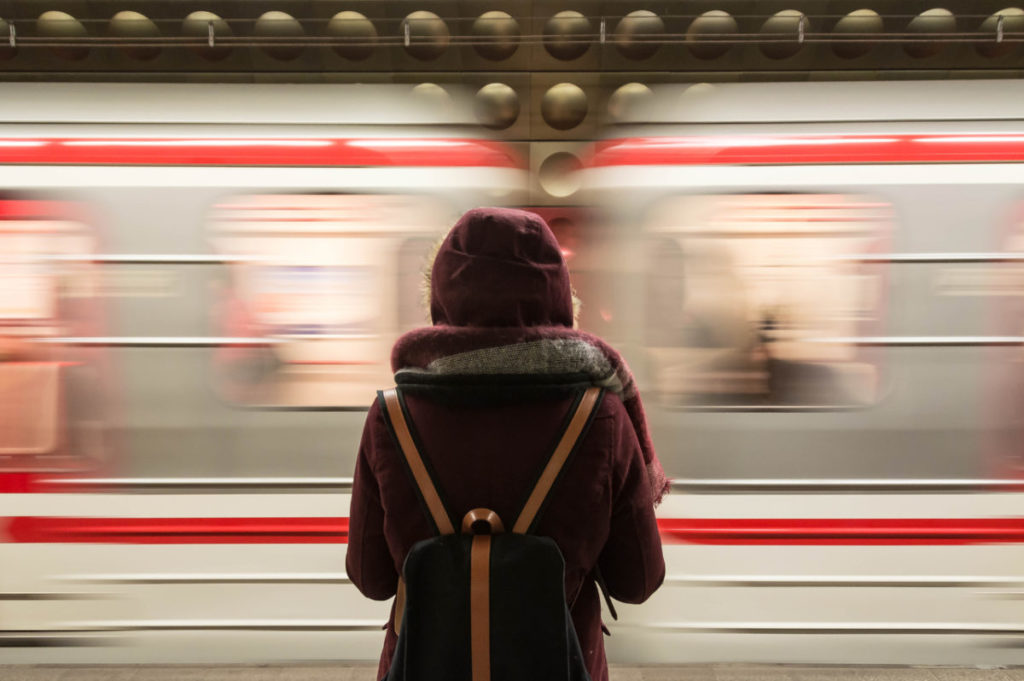
When it comes to safety, our cities are failing women.
That’s according to a new United Nations report published this month (as well as the lived experiences of nearly every woman you know). The study found, in short, that “cities have an in-built bias against women, who overwhelmingly describe them as unsafe and unwelcoming,” according to a press release.
The report was a collaborative effort between engineering company Arup, the University of Liverpool and the UN Development Program. Together, researchers looked at the problems plaguing women in cities – many of which are built into urban planning models – as well as potential solutions.
In one study cited by UN researchers, women in the United Kingdom were surveyed on their city experiences – and a whopping 97% of respondents reported incidents of sexual harassment in public. More than half of Irish women don’t feel comfortable using public transportation at night.
It’s not just safety matters, either. Globally, a third of women report lack of access to clean toilets in urban areas. And though it is comparatively a lesser concern, the report also looked at statues and monuments in cities, which typically celebrate heroes, past and present – only 3% depict women.
That lack of representation is where the problem stems from, officials say, as men are often the decision-makers when it comes to, for example, city planning and construction. And “when cities are largely designed without considering the diverse needs and insights of women of all ages and identities, this can have an adverse impact not only on their lives, but on their families,” UNDP Administrator Achim Steiner said in the release.
But there are ways forward, the team adds. Solutions to the broader problem of city safety for women range from gender equity task forces for cities and collaboration between local businesses and volunteer organizations.
Regardless of the action taken, researchers state that city officials must “actively involve women at every stage of city design and planning, to ensure that cities work better for them, and are more resilient and inclusive.”



